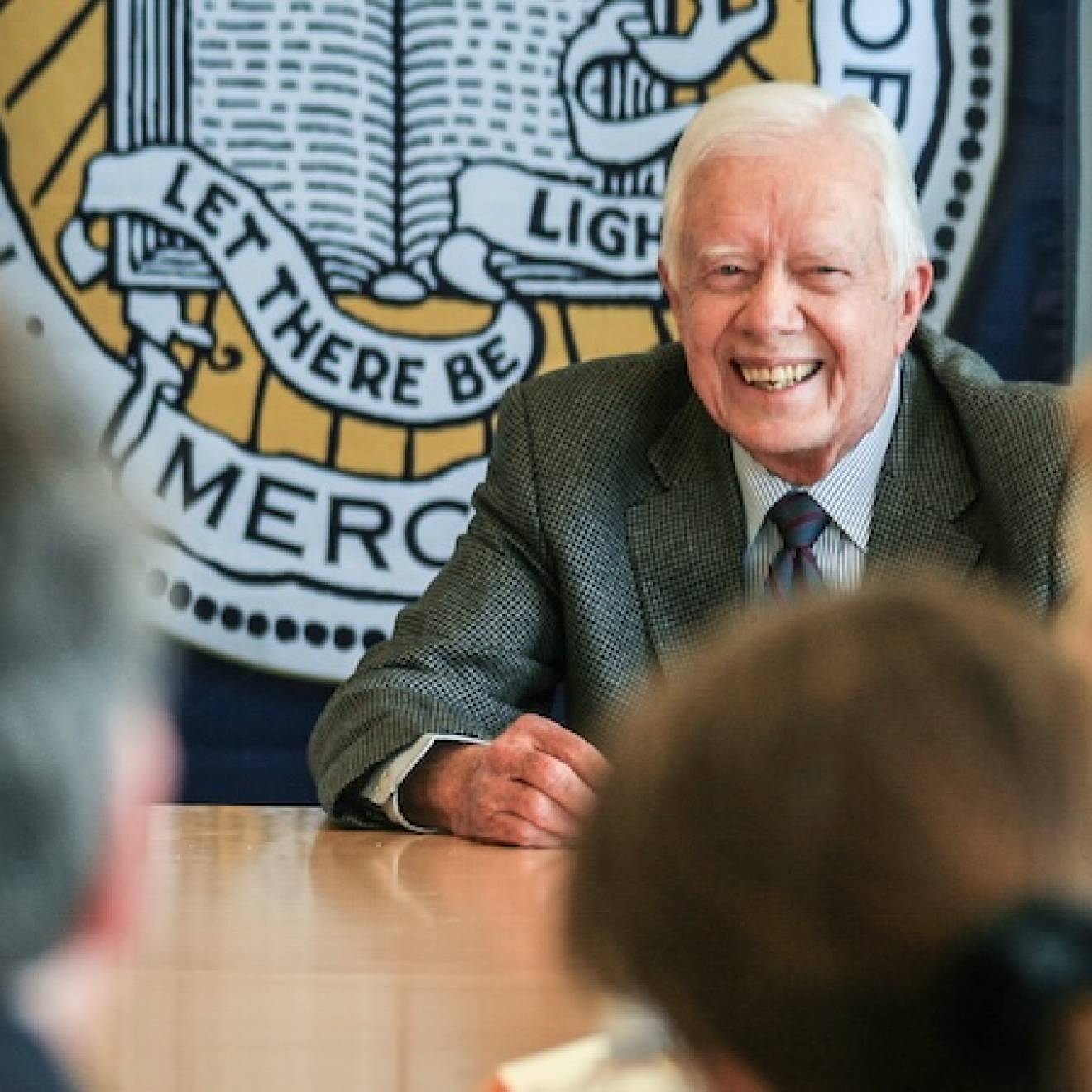Stuart Wolpert, UCLA

UCLA professor Vickie Mays has been working with members of Congress on a bill that would require better data on the race and ethnicity of people affected by the COVID-19 pandemic. She also is conducting research on the data needed to create better models to predict the spread of COVID-19, in order to reduce the number of infections and deaths in black communities.

Credit: Reed Hutchinson/UCLA
Mays, who holds appointments in psychology in the UCLA College and health policy and management in the UCLA Fielding School of Public Health, was among the featured speakers at a recent virtual town hall about COVID-19 and its health, economic and social impacts of the pandemic on black communities. The webinar, “COVID-19: The Battle to Save Black Lives,” was organized by the Minority Health Institute, which was founded by Dr. Richard Allen Williams, clinical professor of medicine at the David Geffen School of Medicine at UCLA.
Mays is director of the UCLA Center on Bridging Research Innovation, Training and Education for Minority Health Disparities Solutions. In an email interview for UCLA Newsroom, she discusses the overlooked ways that the pandemic is affecting black Americans, how better data could improve prevent efforts and the unique social ramifications of safer-at-home measures.
Q: What do you hope the town hall accomplished?
A: The town hall was designed to highlight, educate and provide information specific to needed solutions and broader awareness for blacks in America to reduce the mortality and morbidity of COVID-19.
While the media has reported that blacks are disproportionately infected, hospitalized and dying from COVID-19, little has been provided on resources specific to the black community.
Q: What stories and angles would you say the media is missing?
A: The portrayal of COVID-19 implies that blacks, because of their poor health status, will get the virus and die. Yet little is focused on the role of labor practices in which blacks in America work in occupations and places more likely to put them at risk to being infected. Rarely do we hear about the numbers of black Americans who work in essential jobs and thank them for being our bus drivers, the maintenance cleaners in the hospital, the workers in the meat plants and many other jobs at which they work, often with no sick days or ability to work from home.
Rarely are we hearing about the fact that blacks in the U.S. are twice as likely as whites to not have running water or indoor plumbing in order to wash their hands frequently. Nor is America cautioning store guards and policemen that they will be prosecuted if they intimidate, arrest or drag black men wearing a mask out of a store, which makes wearing a mask a risk greater than COVID-19.
Q: What are the goals of the Health Equity Data Collection Bill you are working on with members of Congress?
A: It is difficult to plan, prevent and move adequate resources to where they are needed in the black community if data is not available. As much as 70 percent to 80 percent of the data collected during this pandemic lacks information on race and ethnicity in some areas, slowing the modeling of the epidemic among blacks and the needed testing, treatment and hospital preparations in the U.S.
Black Americans are at high risk for COVID-19 based not just on their health disparities, but disparities that exist based on a lack of health care resources, the ability to respond to stay-at-home orders, isolating at home because of the lack of space in their living quarters or a lack of income that allows them to purchase goods only for a few days at a time.
Data on all of these aspects of the risk for infection is needed to know how to move resources such as food delivery, hotel rooms for those who test positive and knowledge of how to get tested when they do not possess cars to take advantage of the drive-through testing sites.
Q: What can be done to reduce the number of COVID-19 infections and deaths in the black community?
A: We need faster access to data on the racial patterns of COVID-19 in order to model how conditions of their living situations, the number of times that they are exposed because of work or methods of transportation, and how their risk for infection is impacted differently depending on their comorbidity.
There is also a need to engage methods in which needed resources such as stimulus checks, food delivery and workplace protections take priority as part of a prevention plan based on the high risk blacks face for morbidity and mortality.
Q: The pandemic has also had a distinct social impact on black communities. Can you talk about those effects?
A: The social impact in the black community is devastating, as there is often a higher level of interdependence in caretaking of family members.
Family members are less likely to be in nursing homes and more likely to rely on their children and other family members for caretaking tasks. The requirements of not visiting and of staying at home leave family members very vulnerable to negative health outcomes and being neglected. The psychological pain of not taking care of these members, and — if they die — of not being able to provide a funeral that dignifies the life of the family member will leave lasting psychological scars.
Q: What is one lesson policymakers should be learning now that could guide them after the pandemic?
A: We are all connected. The extent to which we allow members of our society to be unequal is the extent to which we endanger the health of all.

